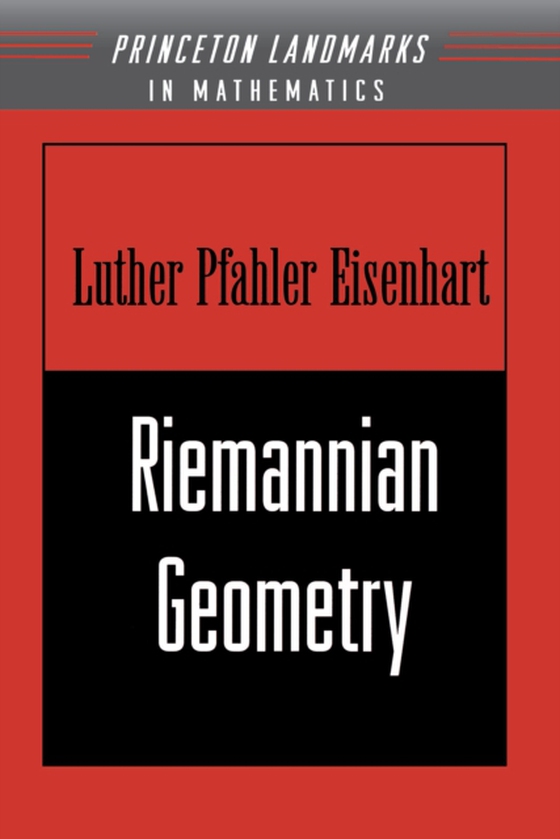
Riemannian Geometry e-bog
911,46 DKK
(ekskl. moms 729,17 DKK)
In his classic work of geometry, Euclid focused on the properties of flat surfaces. In the age of exploration, mapmakers such as Mercator had to concern themselves with the properties of spherical surfaces. The study of curved surfaces, or non-Euclidean geometry, flowered in the late nineteenth century, as mathematicians such as Riemann increasingly questioned Euclid's parallel postulate, and b...
E-bog
911,46 DKK
Forlag
Princeton University Press
Udgivet
11 august 2016
Længde
272 sider
Genrer
PBML
Sprog
English
Format
pdf
Beskyttelse
LCP
ISBN
9781400884216
In his classic work of geometry, Euclid focused on the properties of flat surfaces. In the age of exploration, mapmakers such as Mercator had to concern themselves with the properties of spherical surfaces. The study of curved surfaces, or non-Euclidean geometry, flowered in the late nineteenth century, as mathematicians such as Riemann increasingly questioned Euclid's parallel postulate, and by relaxing this constraint derived a wealth of new results. These seemingly abstract properties found immediate application in physics upon Einstein's introduction of the general theory of relativity. In this book, Eisenhart succinctly surveys the key concepts of Riemannian geometry, addressing mathematicians and theoretical physicists alike.
 Dansk
Dansk

